Medicine details
| Image |  |
| Name | Paclitex |
| Dosage | Injection |
| Generic Name | Paclitaxel |
| Classes |
Anticancer/Antineoplastic Agent Mitotic Inhibitor |
| Diseases |
Breast Cancer Cancer |
| Company | Techno Drugs Ltd. |
Drug Package Details
| Strength | 30 mg/5 ml |
| Storage Condition | |
| Origin Country | Bangladesh |
| Commercial Pack | 1 |
| Price per pack | ৳ 1,400.00 |
| Cost per pack | ৳ 1,232.00 |
| Package unit | 30 mg vail |
| Price per unit | ৳ 1,400.00 |
| Cost per unit | ৳ 1,232.00 |
| Discount | 0 |
| Coupon | |
| Remarks |
Paclitaxel
Paclitaxel is an anti neoplastic drug. Paclitaxel is a novel anti-microtubule agent that promotes microtubule assembly from tubulin dimers while also stabilizing microtubules by preventing depolymerization. This stability prevents the normal dynamic reorganization of the microtubule network, which is required for vital interphase and mitotic cellular functions. Paclitaxel also causes abnormal arrays or "bundles" of microtubules throughout the cell cycle, as well as multiple asters of microtubules during mitosis.
Paclitaxel is indicated as first-line and subsequent therapy for the treatment of-
- advanced carcinoma of the ovary
- node-positive breast cancer administered sequentially to standard doxorubicin-containing combination chemotherapy
- breast cancer after failure of combination chemotherapy for metastatic disease or relapse within 6 months of adjuvant chemotherapy
- in combination with cisplatin, is indicated for the first-line treatment of non small cell lung cancer in patients who are not candidates for potentially curative surgery and/or radiation therapy
Breast cancer
The recommended dose of Paclitaxel is 260 mg/m2 administered intravenously over 30 minutes every 3 weeks.
Dose adjustments during treatment of breast cancer
Patients who develop severe neutropenia (neutrophil count 500 cells/mm3 for a week or longer) or severe sensory neuropathy while receiving Paclitaxel should have their dose reduced to 220 mg/m2 for subsequent courses. If severe neutropenia or severe sensory neuropathy recurs, the dose should be reduced to 180 mg/m2 again. Paclitaxel should not be given until neutrophil counts have recovered to more than 1500 cells/mm3. Withhold treatment for Grade 3 sensory neuropathy until it improves to Grade 1 or 2, then reduce the dose for all subsequent courses.
Pancreatic adenocarcinoma
The recommended dose of Paclitaxel in combination with gemcitabine is 125 mg/m2 administered intravenously over 30 minutes on Days 1, 8 and 15 of each 28-day cycle. The concurrent recommended dose of gemcitabine is 1000 mg/m2 administered intravenously over 30 minutes immediately after the completion of Paclitaxel administration on Days 1, 8 and 15 of each 28-day cycle.
Non-small cell lung cancer:
The recommended dose of Paclitaxel is 100 mg/m2 administered as an intravenous infusion over 30 minutes on Days 1, 8 and 15 of each 21-day cycle. The recommended dose of carboplatin is AUC = 6 mg min/mL on Day 1 only of each 21-day cycle, beginning immediately after the end of Paclitaxel administration.
The following side effects are associated with paclitaxel-
- Pancytopenia
- Rash
- Edema
- Hypersensitivity
- Bradycardia
- Hypertension
- Peripheral neuropathy
- Paclitaxel should be administered under the supervision of a doctor who is familiar with cancer chemotherapeutic agents. Only when adequate diagnostic and treatment facilities are readily available can appropriate complications be managed.
- In clinical trials, anaphylaxis and severe hypersensitivity reactions characterized by dyspnea and hypotension that required treatment, angioedema, and generalized urticaria occurred in 2 to 4% of patients receiving Paclitaxel. Despite premedication, fatal reactions have occurred in patients. Corticosteroids, diphenhydramine, and H2 antagonists should be administered to all patients. Patients who have severe hypersensitivity reactions to Paclitaxel should not be given the drug again.
- Patients with solid tumors who have baseline neutrophil counts of less than 1500 cells/mm3 should not receive Paclitaxel therapy, and patients with AIDS-related Kaposi's sarcoma should not receive Paclitaxel therapy if their baseline neutrophil count is less than 1000 cells/mm3. It is recommended that all patients receiving Paclitaxel have frequent peripheral blood cell counts to monitor the occurrence of bone marrow suppression, particularly neutropenia, which can be severe and result in infection.
- Severe conduction abnormalities have been documented in 1% of Paclitaxel therapy patients, necessitating pacemaker placement in some cases. If patients develop significant conduction abnormalities during Paclitaxel infusion, appropriate therapy should be administered, and patients should be monitored continuously during subsequent Paclitaxel therapy.
- Injection site reactions, including extravasation reactions, were typically mild and included erythema, tenderness, skin discoloration, or swelling at the injection site.
- More severe events have been reported, including phlebitis, cellulitis, induration, skin exfoliation, necrosis, and fibrosis. In some cases, the injection site reaction began during a prolonged infusion or was delayed by a week to ten days.
Contraindication
Paclitaxel is contraindicated in patients who have a history of hypersensitivity reactions to Paclitaxel or other drugs formulated in polyoxyethylated castor oil.
None known.
Paclitaxel is contraindicated in-
- Paclitaxel should not be used in patients with solid tumors who have baseline neutrophil counts of <1500 cells/mm3 or in patients with AIDS-related Kaposi’s sarcoma with baseline neutrophil counts of <1000 cells/mm3.
- Lactation
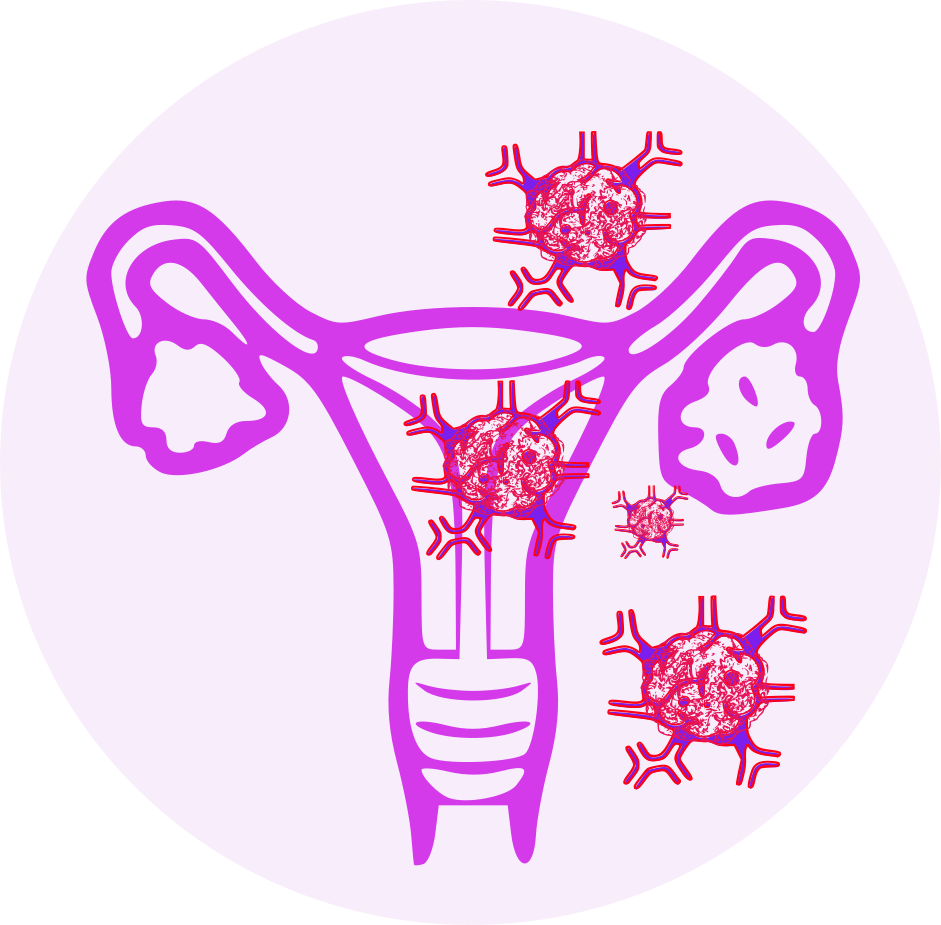
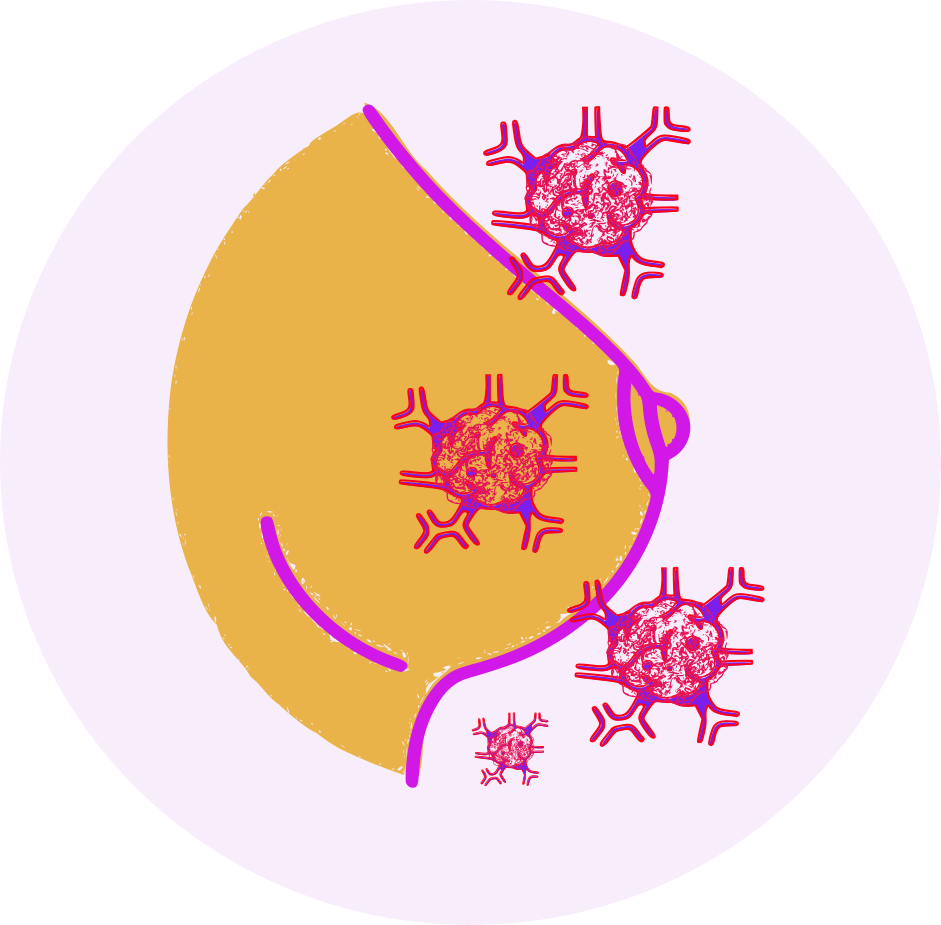
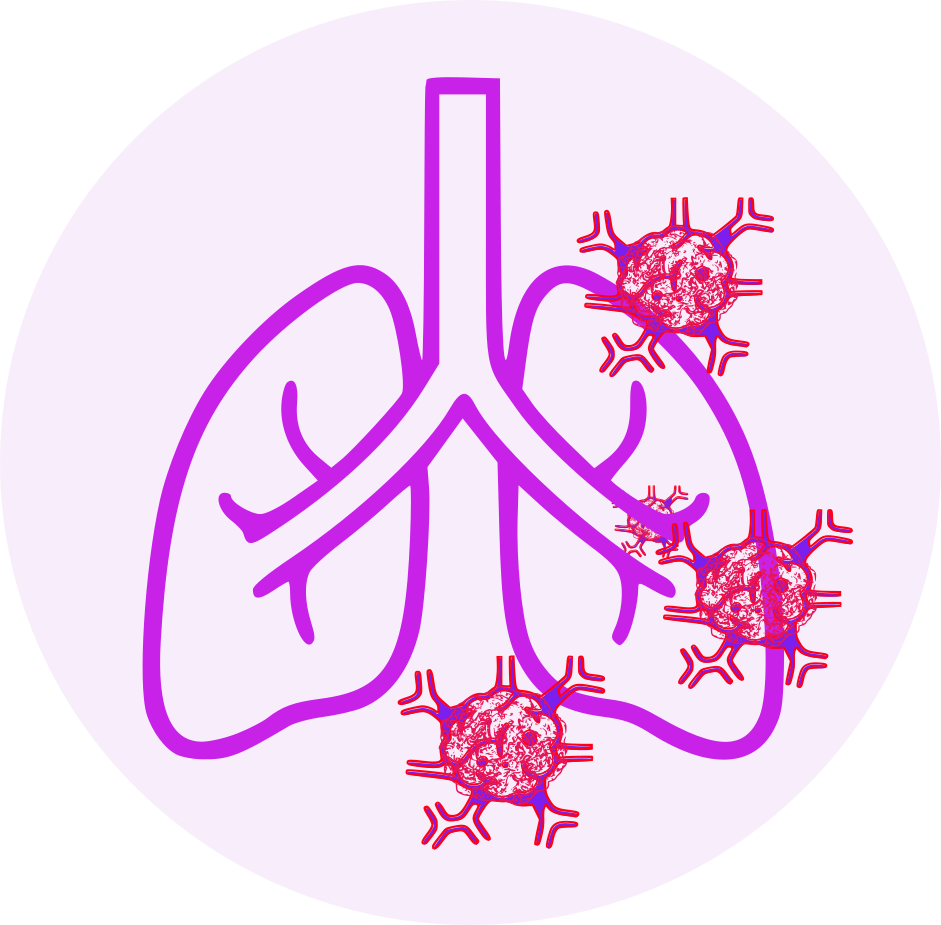
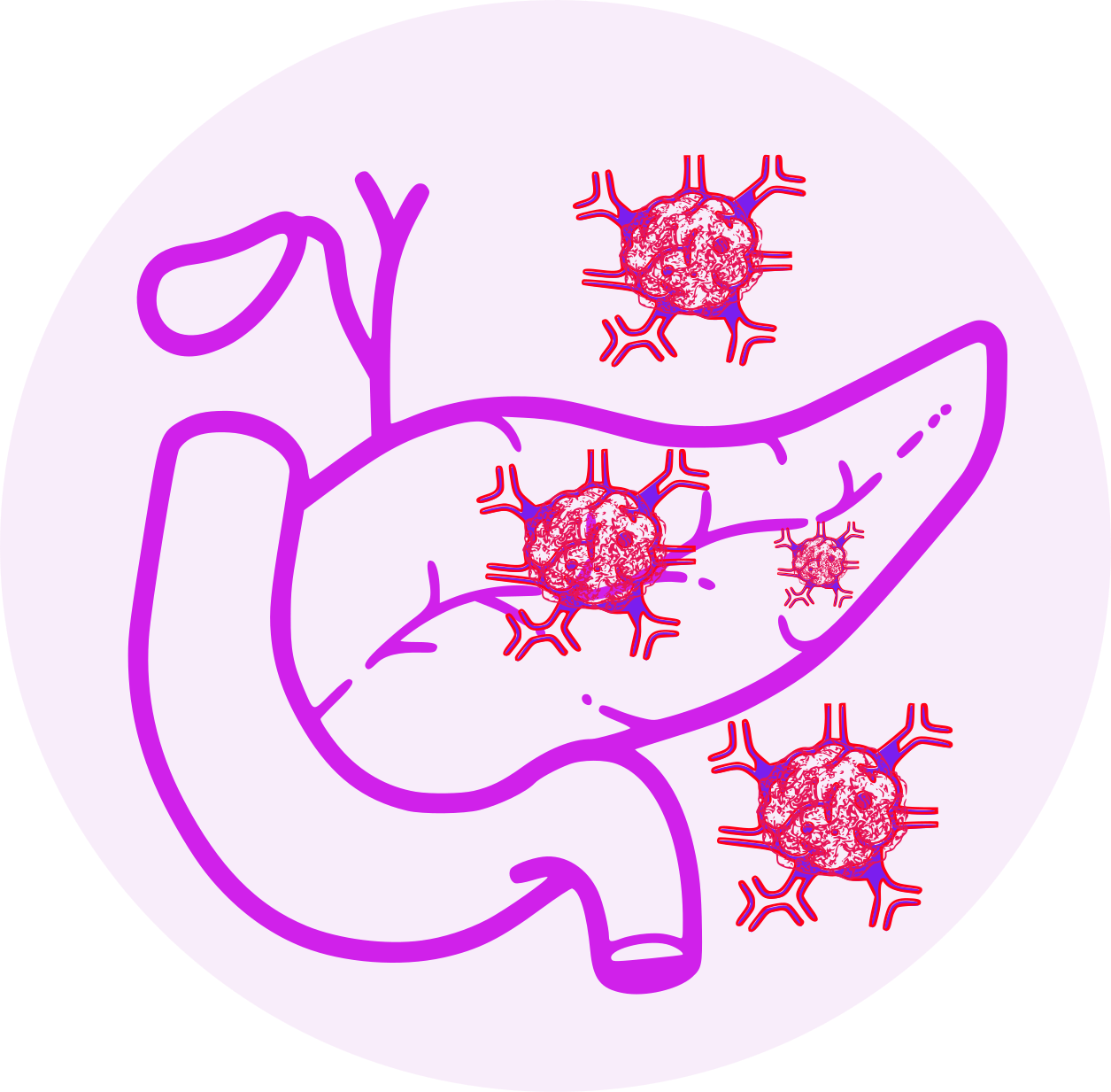
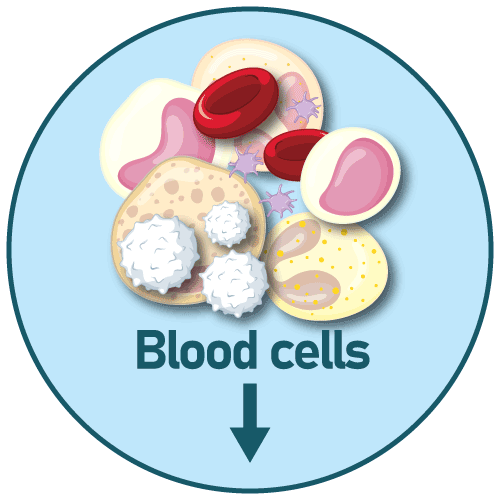




 Bangla
Bangla English
English